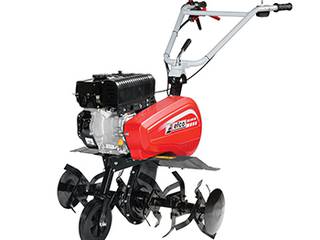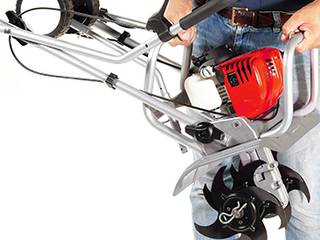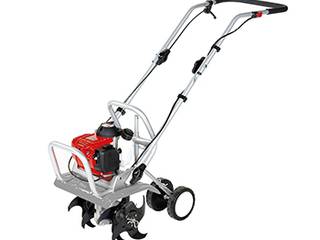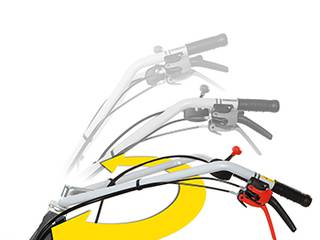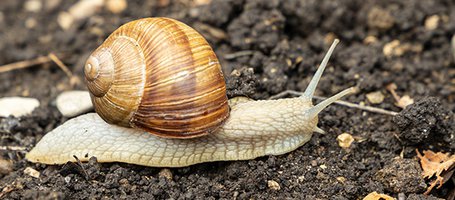Spring is the season for seeding and transplants: the plants in your vegetable patch will only grow fast and strong if the roots can develop freely in a soft, fertile soil that drains just enough to prevent build-up of stagnant water, which can cause decay. So, the soil should be loose, oxygenated and fertilised: here are the steps you should follow to properly prepare your vegetable patch.
Clear and turn over the vegetable patch
To avoid unnecessary fatigue, organise yourself so that you can work when the soil is of the right consistency: neither wet nor too dry, just moist. If it is an existing vegetable patch, first clear away any remnants of previous plantations (although they provide the soil with useful organic substances, they can also spread spores of parasitic fungi or the eggs of pests). If, on the other hand, you are turning part of your garden into a vegetable patch, start by mowing the grass. In both cases, proceed by turning over the soil with a spade. Alternatively, if the earth is very compacted, use a fork to break the soil into clods. At this point get rid of any roots and stones.
Tilling your vegetable patch with a rotary tiller
You can till soil much faster using a rotary tiller with petrol engine. One example is the Efco MZ 2030, a compact rotary tiller for vegetable patches and flower beds. Robust yet lightweight, it is also manoeuvrable in confined spaces, thanks partly to the reversible handgrip. It is equipped with a handy plough accessory, which works like a spade. If you have a larger vegetable patch, try the medium-powered Efco MZ 2075 RK model with fully adjustable handlebar, which is equipped with a plough and other rotary tiller accessories. You can use the furrowing tool to create furrows for seeding or drainage channels, or to turn over soil, and the potato digger to easily lift tubers out of the ground when harvesting.
Fertilising the vegetable patch
After digging with a shovel or using a rotary tiller, it’s time to fertilise the soil: you can use organic fertilisers – such as compost, mature manure or manure pellets – or NPK chemical-mineral fertilisers for vegetable patches and gardens, which contain the three essential elements for plants (nitrogen, phosphorus and potassium).
Hoeing or tilling and preparing the seed bed
If you used a shovel to break the top 25-35 cm of soil into clods, these clods must be crushed to achieve a finely ground 10-20 cm layer on the surface. This is done by manual hoeing or its mechanised equivalent: tilling. Rotary tillers are designed to till soil using contoured rotating blades: the MZ 2030 has a 30 cm rotor with 4 blades, while the MZ 2075 RK has a 82 cm rotor with 6 blades. Furthermore, while hoeing/tilling you should also mix fertiliser into the soil. As an alternative to turning over the soil with a plough and then tilling it using blades, you can use a rotary tiller to till the soil in two passes: the first is to break the soil into clods and the second is to crumble the clods into finer particles. After these procedures are completed, the seed bed is ready: if necessary, you can iron out any holes or dips using a rake and demarcate the vegetable patch into separate cultivation beds, for example with bricks, wooden planks or even rows of aromatic herbs.
Safely preparing your vegetable patch
Whether you decide to prepare your vegetable patch with manual tools – such as a spade and hoe – or with a petrol-powered rotary tiller, you should always work safely. First of all, keep people and pets away so that they are at a distance of least 15 metres from where you are working. Wear suitable protective clothing and use safety footwear and accessories: chain-resistant and non-slip boots, a visor or protective spectacles, utility gloves and ear defenders.
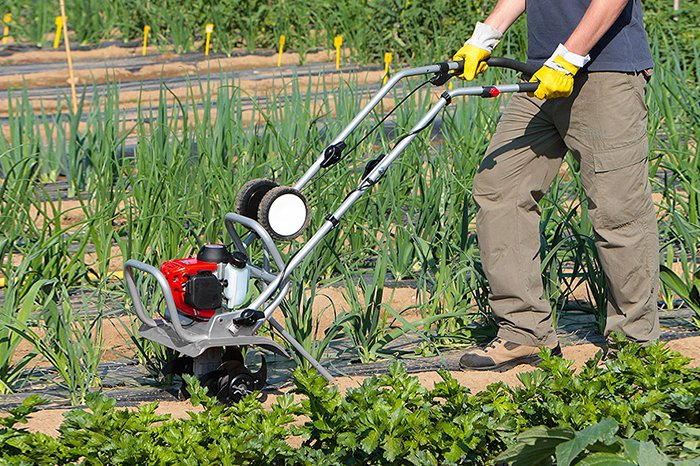
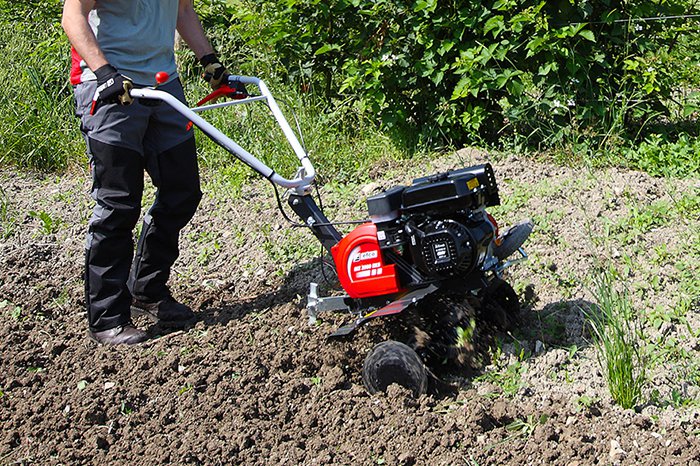
Rotary tillers: more than one rotor for the vegetable patch
Petrol-powered rotary tillers are not just for tilling soil. Thanks to the broad range of accessories for rotary tillers, they are a multi-functional tool for the vegetable patch, capable of loosening soil, creating furrows and even collecting potatoes. They are also useful for garden maintenance, since the scarifier accessory can effortlessly remove moss and dead grass from the lawn.


